Unfortunately, the volunteer who did it was a competent carpenter, and made it perfectly level, which wouldn't have happened if I'd been on the crew.
I appreciated this statement.
Discover new ways to elevate your game with the updated DGCourseReview app!
It's entirely free and enhanced with features shaped by user feedback to ensure your best experience on the course. (App Store or Google Play)
Unfortunately, the volunteer who did it was a competent carpenter, and made it perfectly level, which wouldn't have happened if I'd been on the crew.
This is a real concern, but can be mitigated somewhat by making sure the pad has a slight slope -- not enough to throw off players, but enough for water to drain.
We built a deck in the woods and put turf on it. Unfortunately, the volunteer who did it was a competent carpenter, and made it perfectly level, which wouldn't have happened if I'd been on the crew. Anyway, the turf holds water and gets slick, and being in the woods, is slow to dry.
When we later built some solid-surface tees with turf over them, we included a slight grade, and they don't retain water nearly as bad.
As for height, yes, drops on the front of the tee should be avoided. Local courses have added extensions in front of concrete tees with 4" drops. Our 2 raised tees include 4' of raised surface in front of the turf; anyone with the deep pockets to buy flatpads, should be able to afford one longer than the tee, to have a safe run-off.
That said, count me a skeptic; it's a too-expensive solution with too many issues.
Whether you are building a patio or a deck, there needs to be a slight slope to allow for drainage. I believe it's pretty standard and would be called out on drawings. Should be the same for most any outdoor structure. Flat surfaces lead to water collection and water destroys.
Someone with more experience can back me up or remind me that I'm a fool.
So you just need tools, a friend, and a vehicle? Are they special assembly tools? That doesn't seem like a big deal . . .
. . . if someone is going to steal something worth as much money as these are.
I'm assuming the smaller ones can be stolen without any real disassembly.
What do they weigh? They might get stolen for the steel alone.
If this were going to happen, there should already be a problem with baskets.
Agree Conrad's runup makes him an outlier, and there's no universal tee that meets everyone's requirements, for all courses. Satisfying the needs of many/most is about all anyone can hope for. I applaud your effort and it looks like a quality product.Okay, I see the point you are making. Raised teepads might be a problem for some. Majority of people are not like James Conrad. And majority of fairways doesn't need so much speed on opening throw. So my point is, that we are offering a solution which solves many challenges and fits in to many courses. Not for all, but many or even most.
Costs are again one thing which should be considered also including scaling factor. To scale you need to be able to deliver the products without adding costs per unit when making more. Flatpad is actually getting cheaper when scaling up, due manufacturing process. Concrete ones will do opposite. Those are machine and labor intensive, thus expensive to scale. Not to mention shipping costs at all..
On the theft thing.
My first thought is, "no way"....but, then I reconsidered. People will steal anything. In the case of these pads I could imagine people stealing them for personal use.
In that case, I don't see it as an issue that happens often, but one tee pad at the price point we are discussing makes it very painful for a DG course.
With regard to cost per use or lifetime cost. Here we run in to right now versus future. If I can put in a teepad for $200 or let's really amp it up--$1000 for a Conrad sidewalk style versus $2000, well, that math is pretty easy.
I hope you find a market for these where it works. I hope they perform as well as you've said when properly installed.
That said, think about the participants on this site. Sure you have a few folks that are involved at the upper end of DG course design. Designing courses that might have a decent budget (not many that are $2k per tee pad budget). But the majority of discussions are along the lines of "what's the cheapest tee pad I can put in that is decent?" And the answers are along the lines of putting pave stones in at the corners or repurposing demolished construction materials.
Whether you are building a patio or a deck, there needs to be a slight slope to allow for drainage. I believe it's pretty standard and would be called out on drawings. Should be the same for most any outdoor structure. Flat surfaces lead to water collection and water destroys.
Someone with more experience can back me up or remind me that I'm a fool.
Stick to accounting!
How's it going, Brett?
I'm no good at accounting either, but on day 1 of quarter close that's probably good advice.
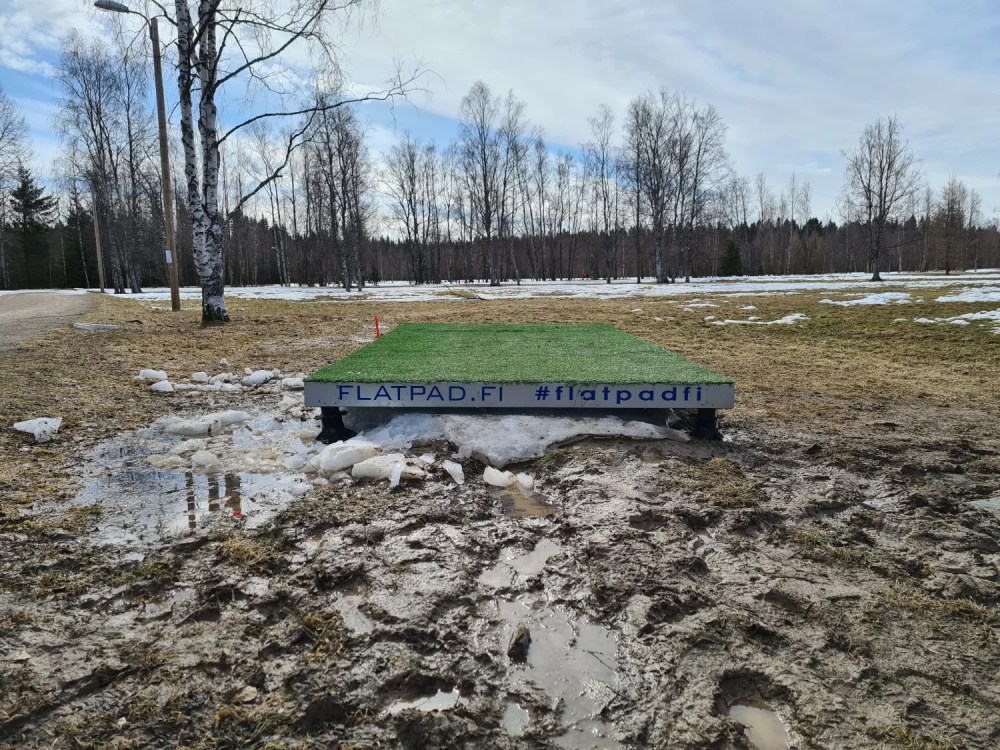
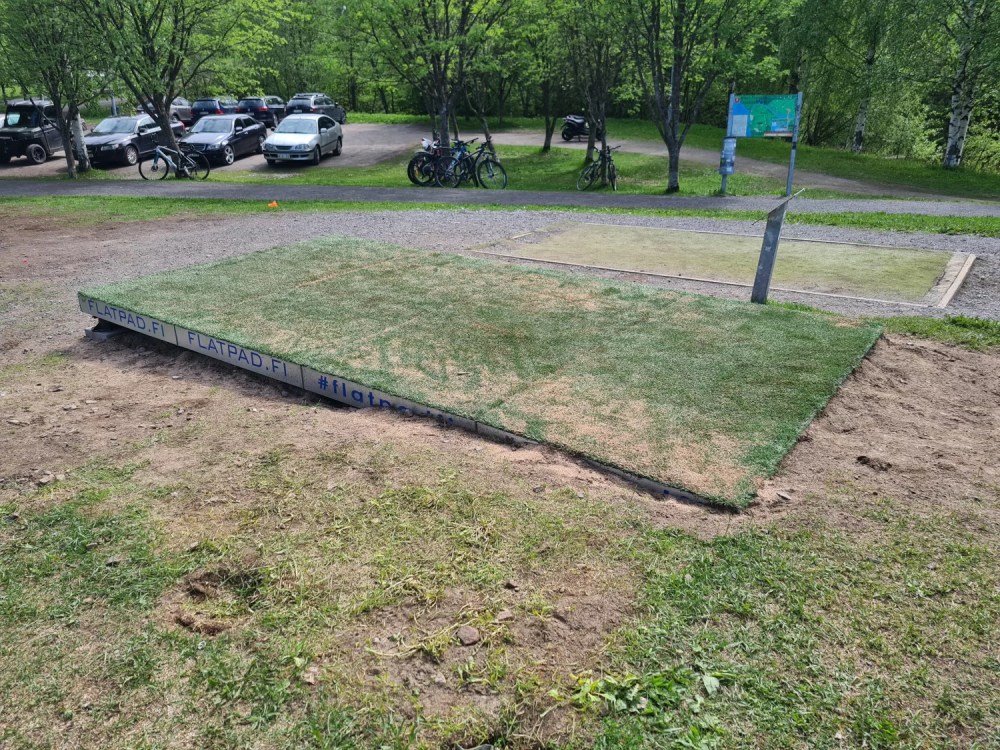
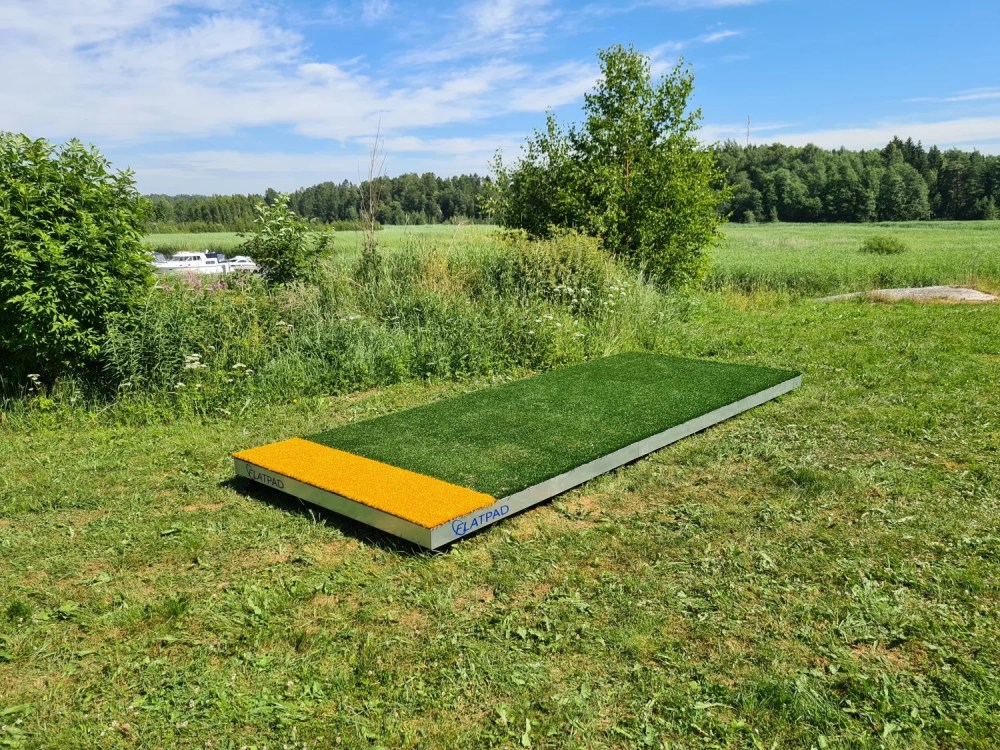
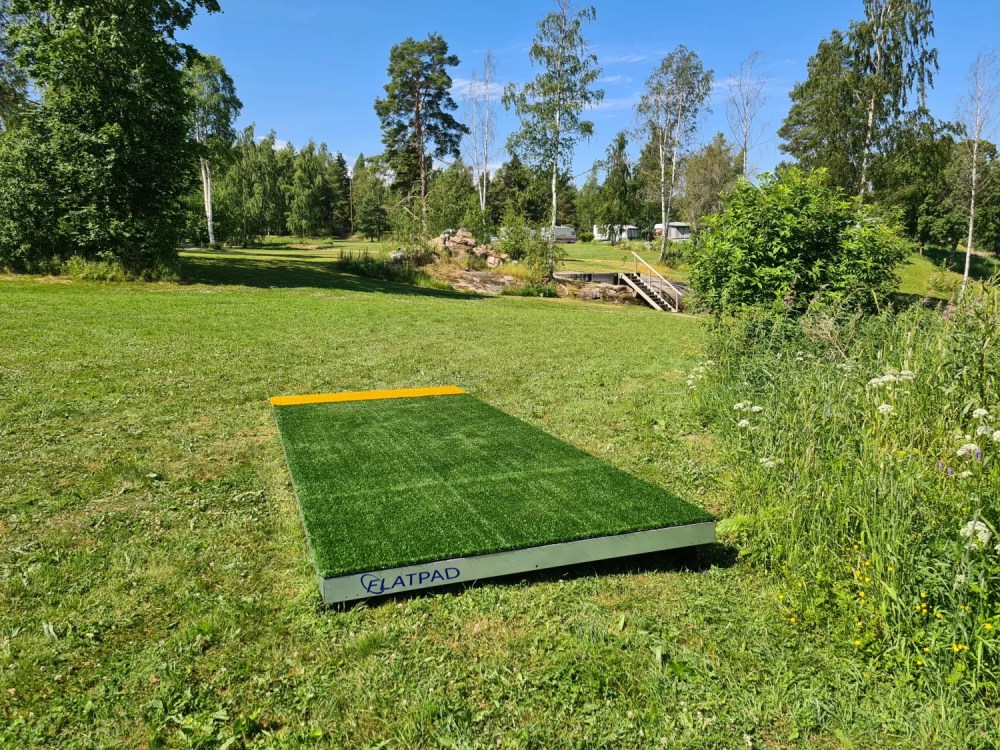
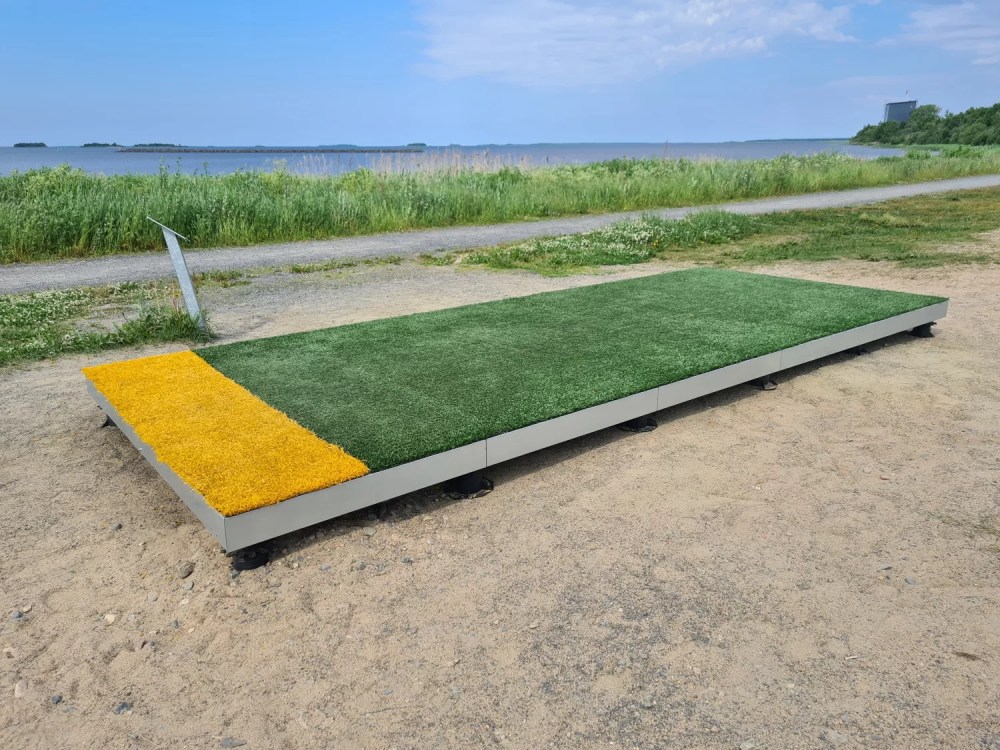
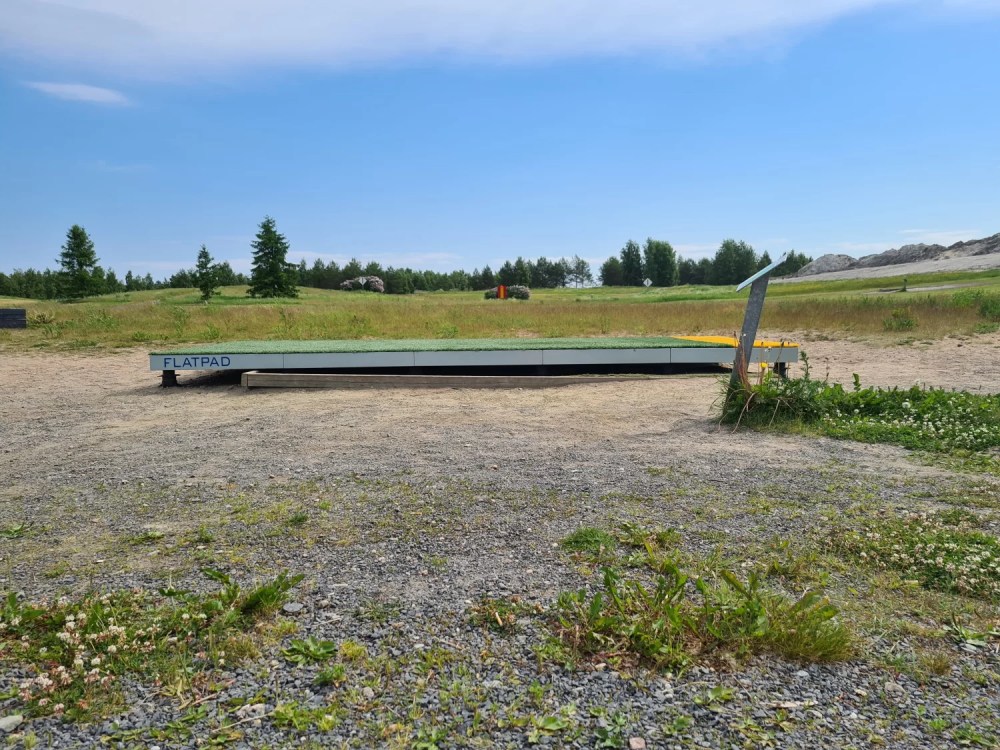
Concrete doesn't have to be shipped, it can be sourced from a local company. And it CAN be very inexpensive. All a course designer/builder needs to do is find a local concrete company and discuss it with them. When a concrete company has a job, they have extra concrete in the mixer that they normally dump out when they get back to their business location. I know of a disc golf course that had all their concrete pads donated by a concrete company and all they used was the leftover concrete from other jobs.